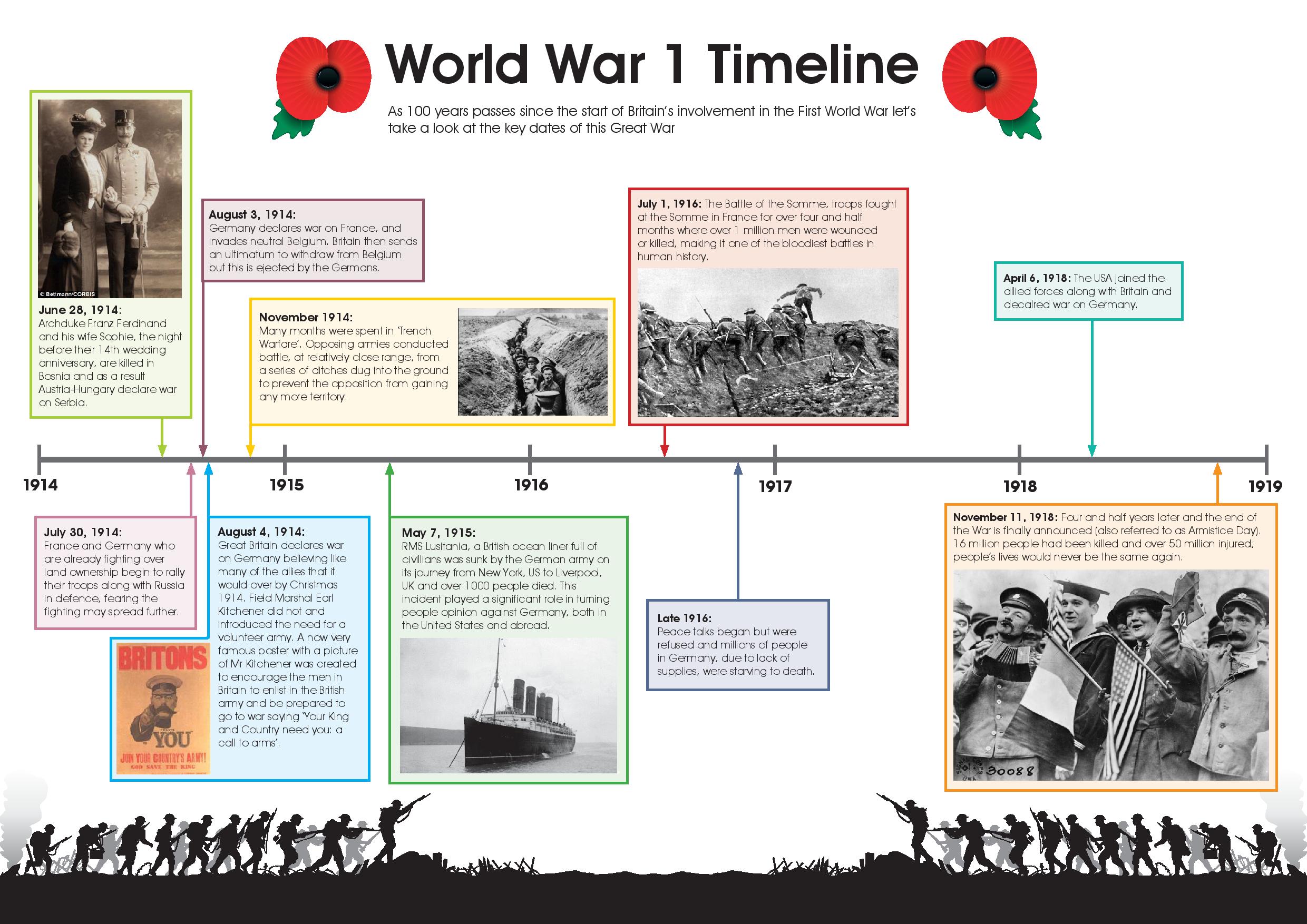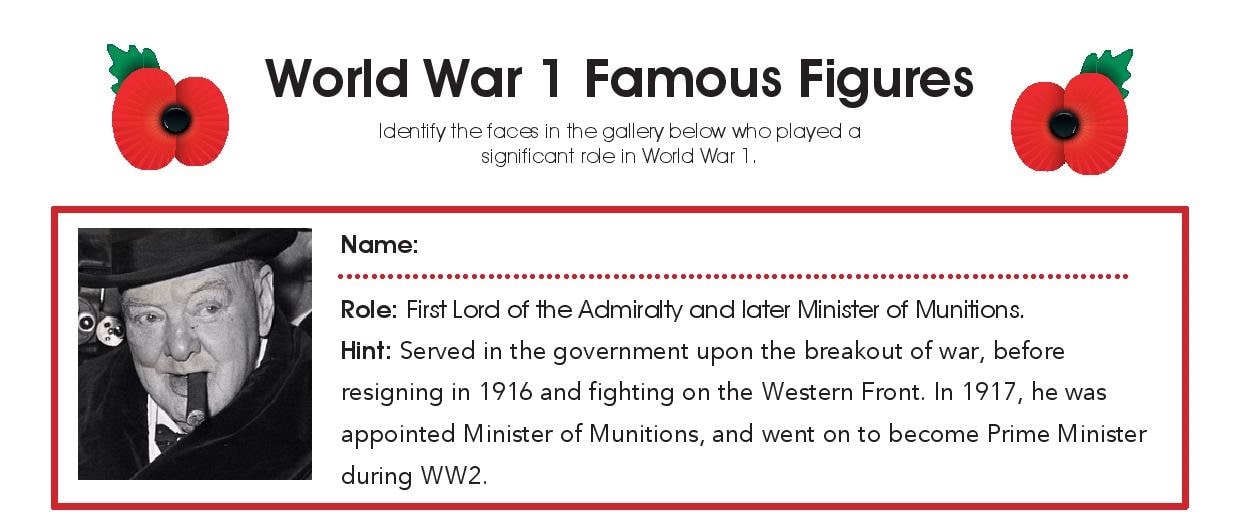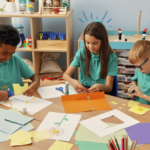It’s been well over 100 years now since Britain’s involvement in the Great War, but we still come together to commemorate those that fought for their country. In preparation for Remembrance Day, we’ve pulled together some resources that are perfect for a lesson learning all about World War 1 in Primary education.
Take a look at our pack of resources covering key events, figures, activity ideas and a comparison of how children lived then and now. They can be downloaded for free by clicking below.
World War 1: Key events timeline
Using our timeline as a guide, take your class through the most significant events of the war. Layer this part of the lesson with added information and what happened and why. What instigated the fighting? What did Europe look like when the war broke out?
Key events in the timeline include:
- The assassination of Franz Ferdinand
- Declaration of war
- The Battle of the Somme
- The USA joining the war
- Armistice Day
World War 1: Key faces and figures
Millions of people were tragically killed during the fighting in WW1, and many more contributed to the war effort overseas or in Great Britain. This worksheet focuses on a collection of the most important, which is key to understanding the people who moulded the war.
With a picture, description of their role and a hint, task your class with naming some of the most important figures from WW1 – including:
- Nicholas II
- Baron von Richthofen
- Lawrence of Arabia
World War 1: A child’s life then and now
To draw it all back to modern life, you could make a comparison between the lives of children living then, and the sacrifices they had to make, and how we all live today.
There’s even an interesting comparison to be made between their lives and ours during the pandemic – what parallels are there between the war effort then and how we responded to the health crisis?
Our worksheet gives some information on how the lives of everyday children changed in the war and asks them to describe how they currently do the same activities. Subjects include:
- What lessons do you have at school?
- How do you get ready in the morning?
- How do you help your parents around the house?
- What are your sleeping arrangements?
Other World War 1 activity ideas
The resources above should provide you with plenty to base a WW1 lesson around but there are plenty of other activities and ideas that you could layer in for an even more comprehensive look at The Great War. Here are just a few you could try:
- Read the book War Horse or enjoy some clips from Steven Spielberg’s film adaption from 2011.
- Step into the shoes of those at war and write a letter home to your family or an entry into your diary.
- Take a look at the scientific discoveries that came from the war. Marie Curie’s portable x-ray or the use of chemical weapons are just a couple potential avenues.
- Explore the role of women in the war, and show how their efforts made valuable contributions to the war effort.
- Have a go at making your own pinwheel poppies.
- Create a map of Europe and the border and various countries before WW1, then another for after WW1. Consider what has changed and how the world was different in those times.





